Surfing and surfing styles goes way beyond just being a sport. It’s like an artistic canvas for personal expression, a space where riders unveil their one-of-a-kind wave-riding styles.
In the pages to follow, let’s take a deep dive into the colorful and varied universe of surfing styles.
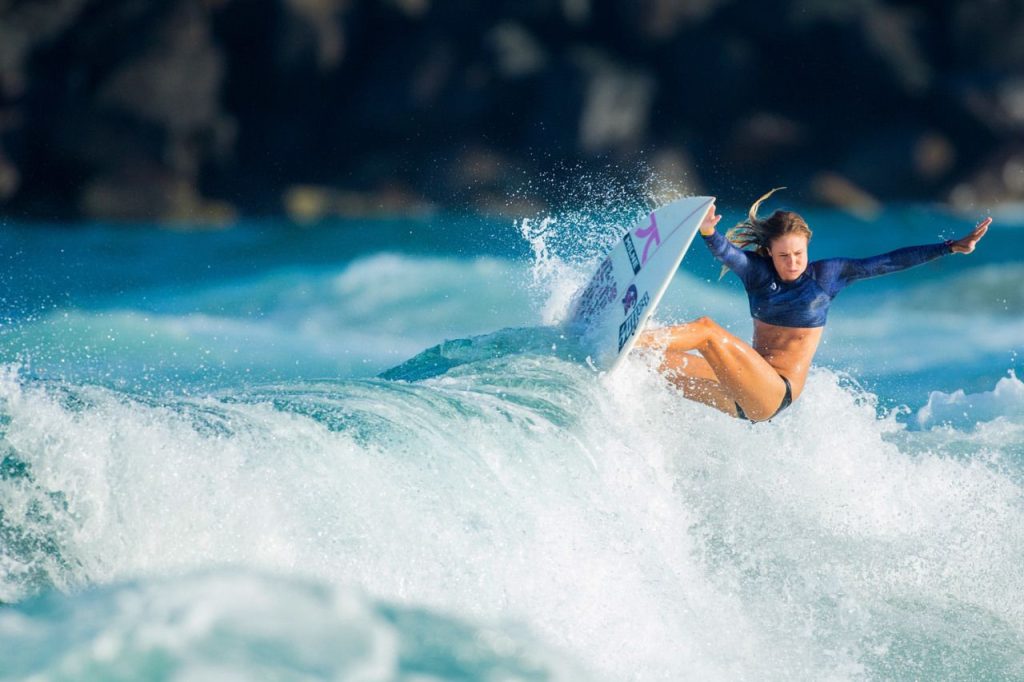
Understanding Surf Style
What is Surf Style?
Surf style is the individual’s artistic expression on the liquid stage of the ocean, embodying character, personality, and spirit.
Surf style is like your personal signature on the waves. It’s how you express yourself while riding the surf. Every one brings their own unique flavor to the ocean dance..
From the smooth moves of a graceful surfer to the powerful, energetic approach of another.
Your surf style is not just how you stand on the board. It’s a blend of your preferences, movements, and the joy you feel in the waves. It’s what makes your surfing journey uniquely yours.
Importance of Individuality in Wave-Riding
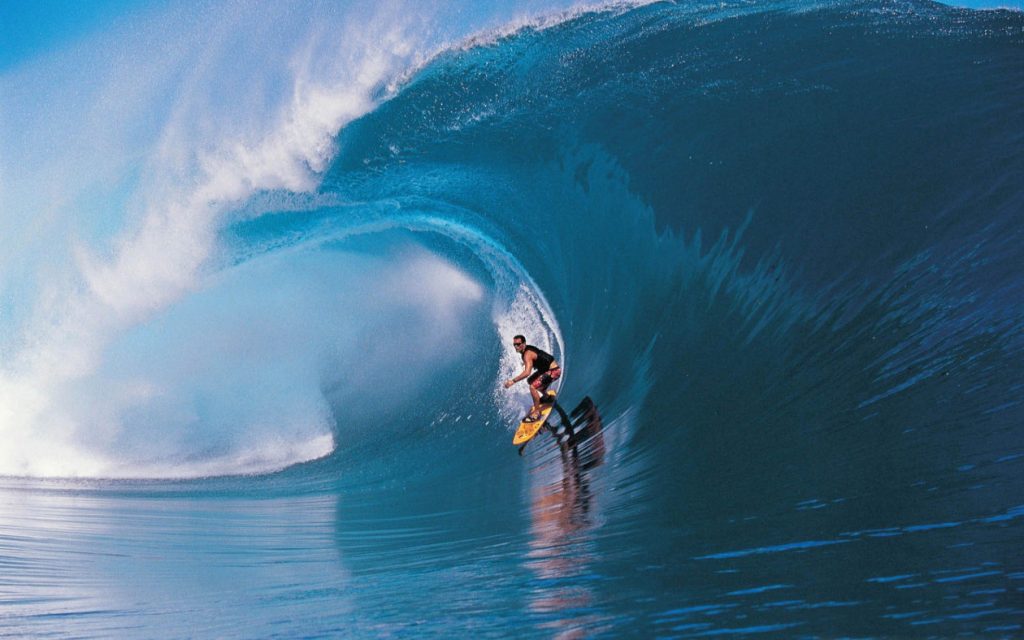
The essence of surfing lies in the personal touch each surfer brings, making it a deeply individual experience. Individuality is the hallmark of an authentic surf style.
The importance of individuality in wave-riding lies in the beauty of self-expression on the ocean canvas. Each surfer brings a distinct style, adding a personal touch to the dance with the waves.
Embracing individuality in surfing not only makes the experience more fulfilling but also contributes to the vibrant diversity of the surfing community.
It’s about celebrating your unique approach, movements, and the joy you find in the rhythm of the waves. Making every ride a reflection of your personal connection with the sea.
Mid-Length Surf Style
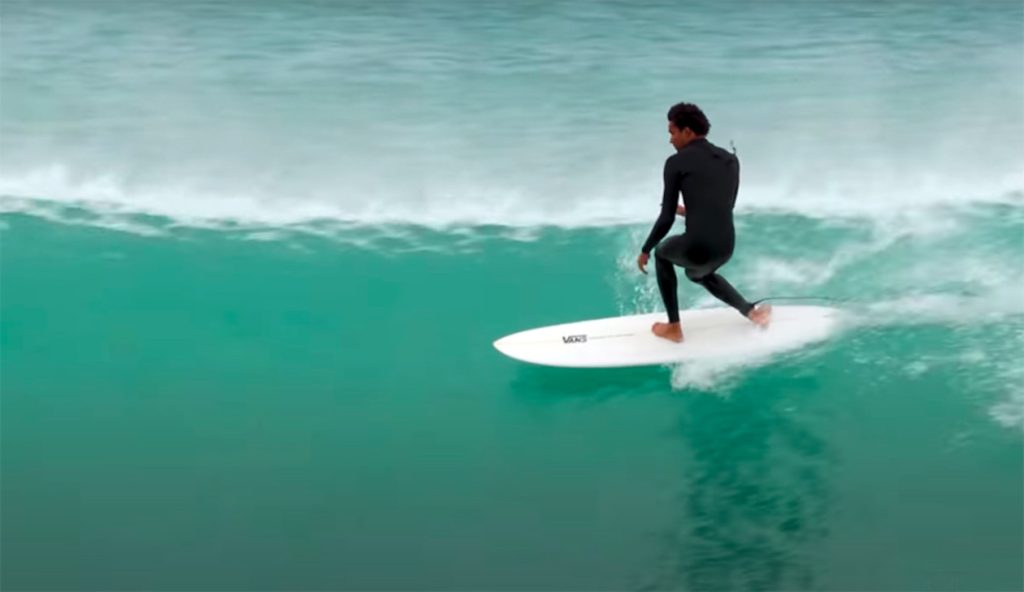
Exploring the Significance of Surf Style
Mid-length surfing introduces a nuanced perspective on surf style. It’s a journey from the initial stiffness to the fluidity that characterizes a well-developed, personalized style.
Transition from Stiffness to Fluidity
Understanding the evolution from rigid movements to fluid, expressive surfing is crucial. This transition often occurs with guidance from coaches and self-analysis.
The Role of Coaching and Self-Analysis
Coaching plays a pivotal role in refining surf style, providing valuable insights. Simultaneously, self-analysis empowers surfers to actively participate in shaping their own unique styles.
Different Surfing Styles
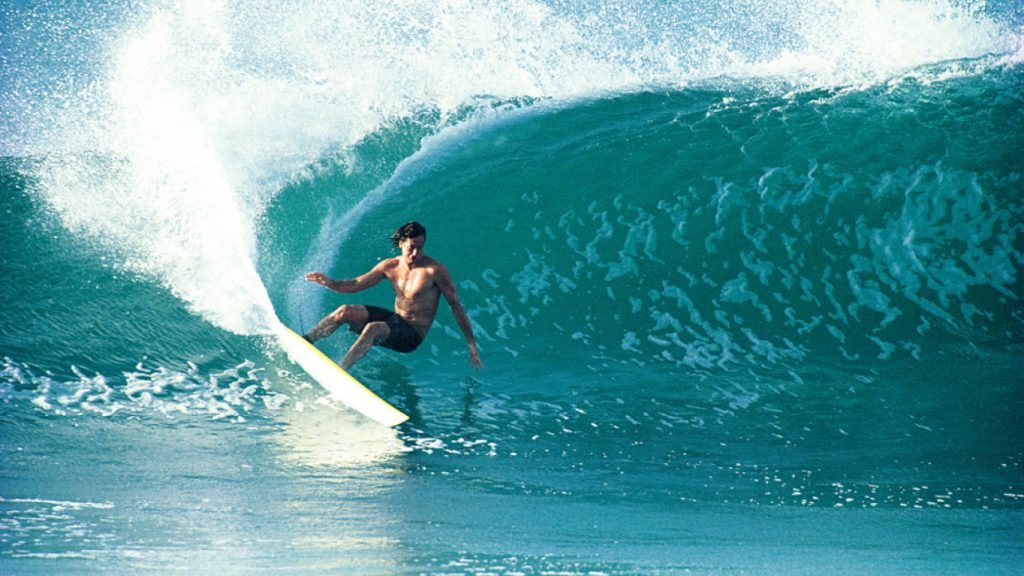
Various Approaches to Surfing
Surfing styles vary widely, encompassing smooth, graceful, soulful, powerful, speedy, aggressive, athletic, vertical, and aerial approaches.
Surfers can choose a style that resonates with their individual tastes and abilities. From the classic longboarding style, characterized by smooth, graceful maneuvers on larger boards, to the high-energy and acrobatic maneuvers of shortboarding.
Additionally, alternative approaches like stand-up paddleboarding (SUP) and tow-in surfing have gained popularity. Showcasing the diverse ways enthusiasts engage with the waves.
Whether one seeks the thrill of riding big waves or the meditative experience of gliding on smaller ones, the various approaches to surfing ensure that this oceanic pursuit remains accessible and enjoyable for a broad spectrum of surfers around the world.
How many types of surf exist?
Longboarding
Longboarders ride larger boards, typically 9 feet or longer, and focus on smooth, graceful maneuvers. This style often embraces a more classic and retro aesthetic, harking back to the early days of surfing.
Shortboarding
Shortboarders use smaller boards, typically between 6 and 8 feet, allowing for more dynamic and high-performance maneuvers. Shortboarding is characterized by quick turns, aerial tricks, and a fast-paced approach to riding waves.
Big Wave Surfing
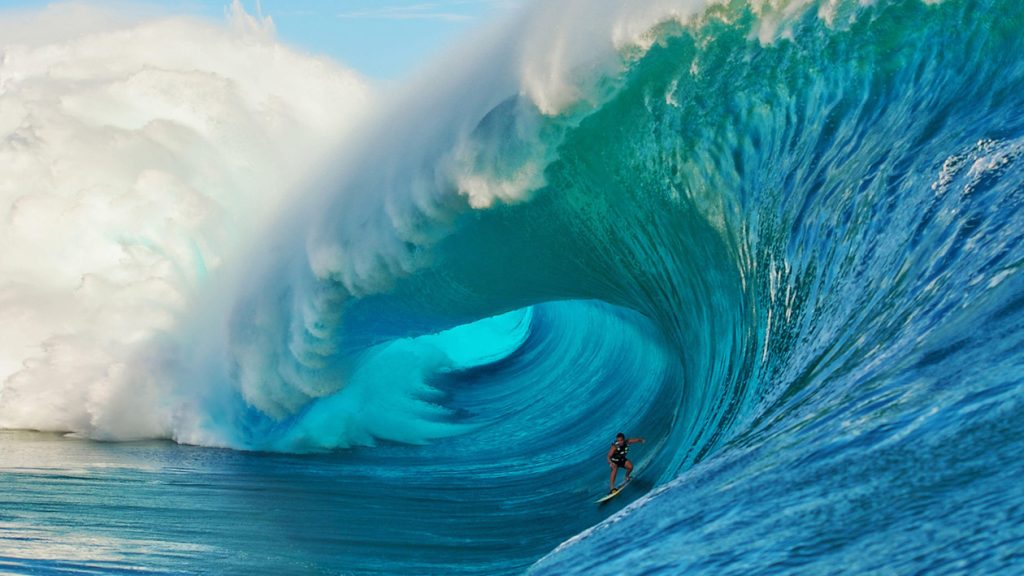
Reserved for the most daring surfers, big wave surfing involves riding waves of significant size, often in excess of 20 feet. Surfers seek out notorious big wave spots and demonstrate exceptional skill and courage in tackling these colossal swells.
Tow-in Surfing
In tow-in surfing, surfers are towed into large waves by motorized watercraft, enabling them to catch waves that would be impossible to paddle into. This style is crucial for conquering extremely massive waves in locations like Peahi (Jaws) in Maui or Nazaré in Portugal.
Bodyboarding
While not traditional surfing, bodyboarding involves riding waves on a smaller, rectangular board, typically on the surfer’s stomach. Bodyboarders perform tricks such as spins, flips, and barrel rolls, often in challenging shore break conditions.
Stand-Up Paddleboarding (SUP)
Combining elements of surfing and paddling, SUP involves riding a larger board while standing and using a paddle to navigate. SUP can be done in various conditions, from small waves to calm waters.
Soul Surfing
This style is less about flashy maneuvers and more about the pure enjoyment of riding waves. Soul surfers focus on the connection between the surfer, the board, and the ocean, embracing the spiritual and meditative aspects of surfing.
Progressive and Freesurfing
This style emphasizes creativity and self-expression, encouraging surfers to experiment with new maneuvers and techniques. Progressive surfing often pushes the boundaries of traditional moves and embraces innovation.
While these styles capture the essence of surfing diversity, it’s important to note that many surfers incorporate elements from multiple styles into their approach, creating a unique blend that suits their individual preferences and the conditions they encounter.
Factors Influencing Individual Surf Styles
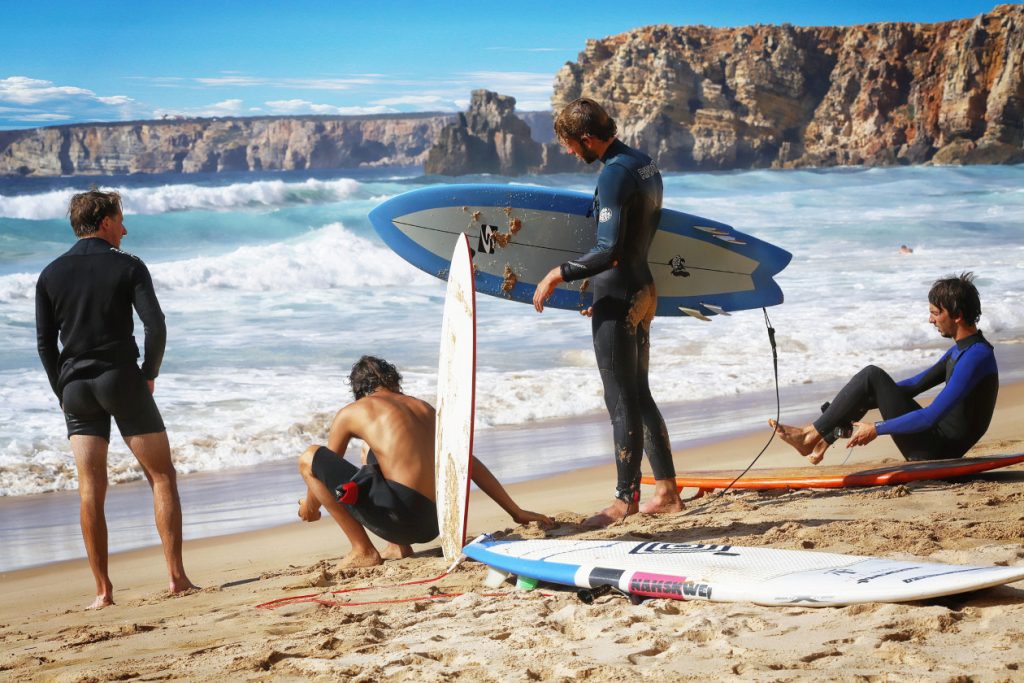
Height, weight, body type, gender, experience level, board preferences, and surfing trends collectively shape an individual’s surf style.
The Spectrum of Surf Style Characteristics
From the soulful approach of Gerry Lopez to the power and athleticism of John John Florence, the spectrum of surf style characteristics is broad and diverse.
The spectrum of surf style characteristics encompasses a vibrant array of elements that define the unique culture and aesthetic associated with surfing. From the laid-back, free-spirited attitude to the colorful and eclectic fashion choices, surf style is a dynamic expression of the surfing lifestyle.
It incorporates a fusion of influences, including beachwear, street fashion, and a connection to nature, reflecting the sport’s roots in coastal communities. The spectrum embraces a diverse range of individuals, each contributing their own interpretation of surf style through personalized touches, whether it be through iconic board shorts, graphic t-shirts, or the casual ease that defines the surfer’s approach to life.
Overall, the spectrum of surf style characteristics is a celebration of individuality, freedom, and a deep connection to the ocean.
Defining Your Personal Style
Defining your personal style is a journey of self-discovery and expression, where clothing becomes a canvas for showcasing your individuality. It goes beyond fashion trends, reflecting your personality, values, and how you want to present yourself to the world.
Whether your style leans towards classic elegance, bohemian flair, or athletic functionality, it’s a reflection of your tastes and the image you wish to convey.
Experimenting with different looks, colors, and accessories allows you to curate a wardrobe that resonates with your unique identity, empowering you to navigate the world with confidence and authenticity.
Ultimately, defining your personal style is a continuous process of self-exploration and creative expression.
Choosing Surfers to Emulate
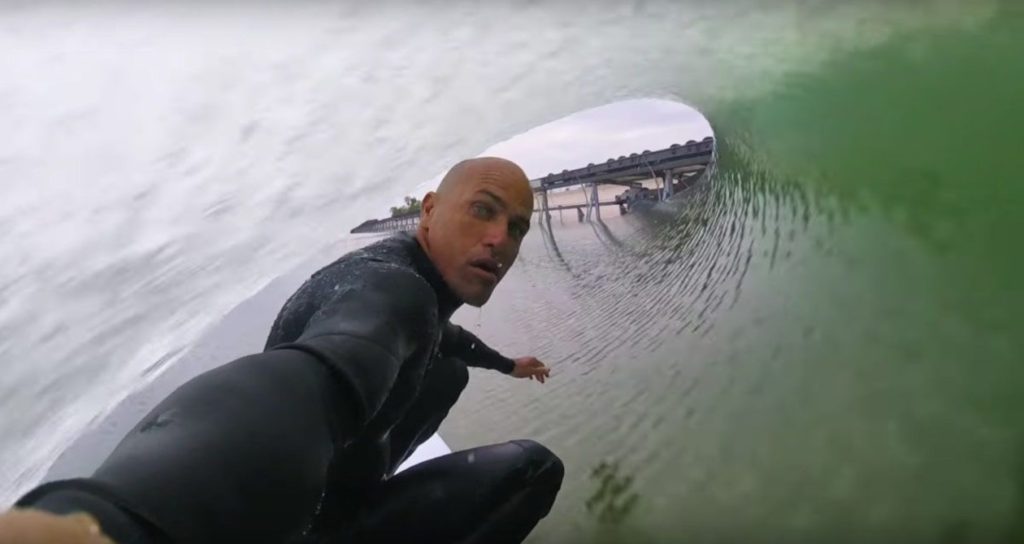
Selecting surfers to emulate is a crucial step. Learning from the best in the field helps refine and define one’s own style.
Choosing surfers to emulate is a deeply personal and influential decision for those passionate about the sport. It involves identifying surfers whose style, approach, and values resonate with one’s own aspirations on the waves.
Some may be drawn to the iconic and laid-back style of surf legends like Kelly Slater, while others might find inspiration in the progressive and innovative techniques of modern surfers like John John Florence.
Emulating surfers goes beyond mimicking their skills; it’s about understanding the spirit and ethos they bring to the sport, incorporating those elements into one’s own surfing journey.
Ultimately, selecting surfers to emulate becomes a formative part of a surfer’s identity, shaping their approach to the waves and contributing to the rich tapestry of surf culture.
The Role of Board Size and Type
Board size and type significantly influence surf style. Finding the right balance is key to developing a personal, comfortable style.
The Role of Surfing in Your Life
Different Perspectives on Surfing
Surfing can be a hobby, sport, or lifestyle. Each perspective influences the level of dedication and progression a surfer experiences.
Examples of Surfers Embodying Different Roles
Profiles of surfers who exemplify surfing as a hobby, sport, or lifestyle provide tangible examples for readers.
What is Soul Surfing?
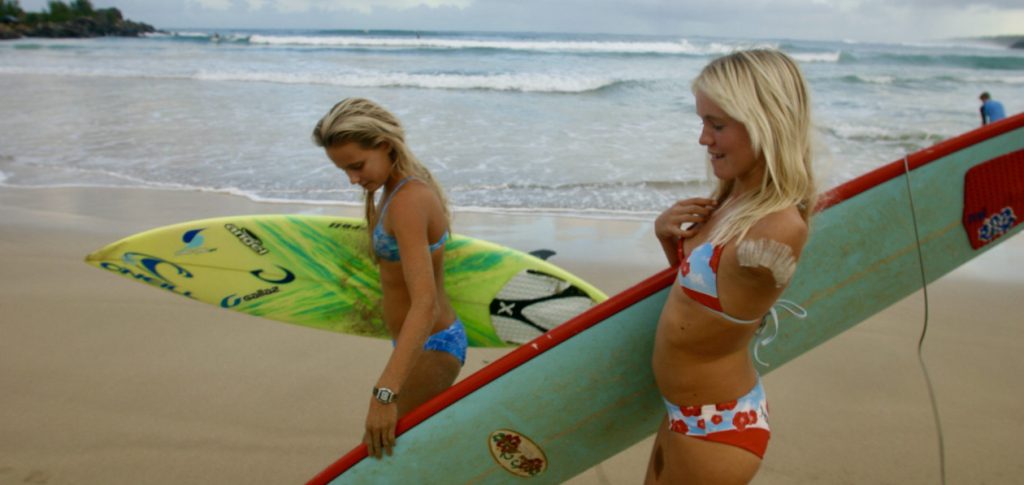
Soul surfing goes beyond the technicalities of maneuvers and board choices; it’s a profound connection to the essence of surfing and the ocean.
Often described as a spiritual and meditative experience, soul surfing transcends the performance-driven aspects of the sport, emphasizing the sheer joy and sense of freedom that comes with riding the waves.
It’s about being in harmony with the ocean, appreciating the beauty of nature, and finding a personal, almost meditative, rhythm on the water.
Soul surfers may prioritize the simple pleasure of being in the sea over chasing big waves or executing complex tricks, seeking a deeper, more contemplative connection with the sport that goes beyond the surface-level thrills.
Historical Context and Evolution of Surfing
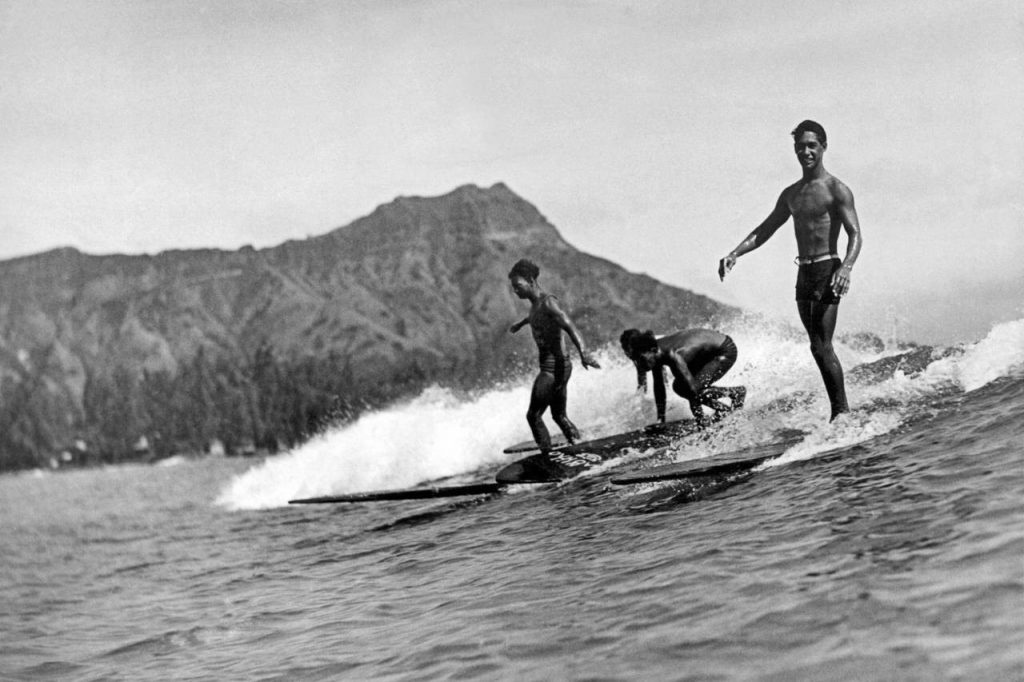
Surfing has a rich historical tapestry that traces back to ancient Polynesians, who first embraced wave-riding as both a cultural and recreational activity. Over centuries, surfing evolved from a traditional practice into a global phenomenon.
The revival of interest in surfing during the early 20th century, coupled with innovations in board design and surf culture, catalyzed its widespread popularity.
Today, surfing stands as a dynamic fusion of tradition and modernity, blending age-old techniques with cutting-edge maneuvers, illustrating a captivating evolution shaped by time, culture, and a deep connection to the ocean.
Understanding the historical evolution of surfing provides context for the emergence of soul surfing.
As surfing transformed from ancient Polynesian traditions to a global phenomenon, a counter-cultural movement emerged, emphasizing a return to the essence of wave riding.
Soul surfing, marked by a deep appreciation for the artistry and purity of the experience, represents a nostalgic nod to surfing’s origins while embracing the individual’s unique connection with the ever-changing sea.
Understanding this historical context adds depth to the spiritual and personal dimensions that define the soulful pursuit of surfing.
Emergence of Soul Surfing as a Response to Commercialization
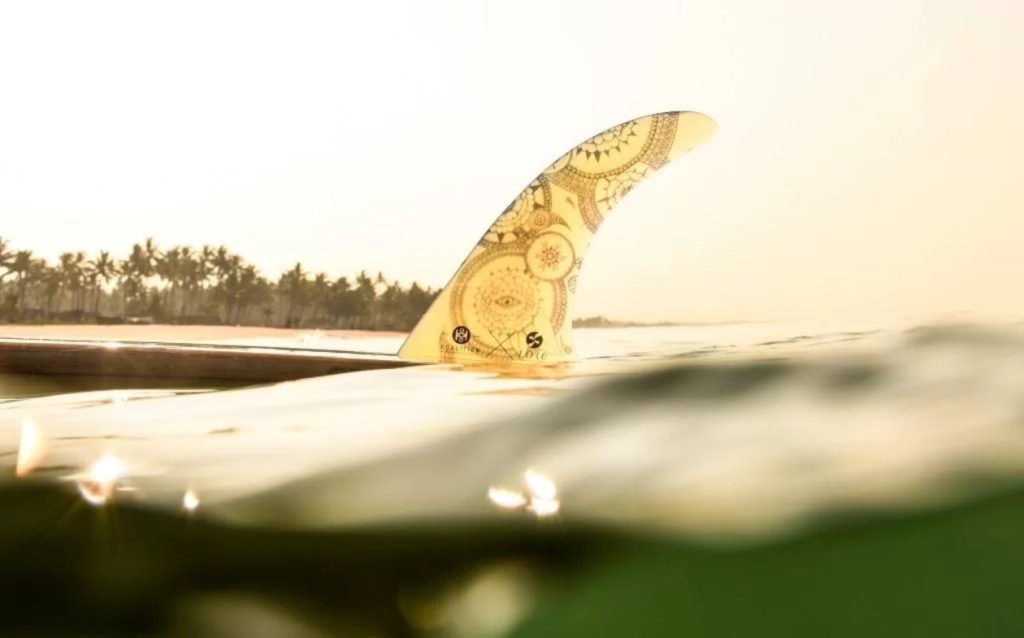
Soul surfing arises as a reaction to the commercialization of surfing, focusing on the pure joy and connection with the ocean.
It emerges as a poignant response to the commercialization that sweptthrough the surfing world. In the face of mass-market appeal and corporate sponsorship, soul surfers seek a return to the authentic, non-commercial roots of the sport.
This movement represents a yearning for a purer, more intimate connection with the ocean, emphasizing the intrinsic joy of riding waves over the commercial trappings that sometimes overshadow the essence of surfing.
By rejecting the mainstream and embracing a more soulful approach, surfers reclaim the spirit of the sport and uphold its original, unadulterated allure.
Characteristics of a Soul Surfer
A soul surfer finds pleasure in the act of surfing itself, embraces various forms of wave-riding, and radiates a spirit of kindness and compassion.
It is characterized by a profound connection to the ocean that transcends trends and commercialism. They prioritize the joy of riding waves over competitive achievement, seeking a more meditative and spiritual experience on the water.
Embracing a laid-back attitude, authenticity, and a deep respect for nature, soul surfers often eschew mainstream expectations in favor of a more individualistic, free-spirited approach to wave riding.
Their ethos lies in the purity of the surfing experience, emphasizing a harmonious relationship with the sea and a genuine love for the artistry of the sport.
Developing Your Surf Style – Step-by-Step
Step 1: Start with Bodysurfing as Your Foundation
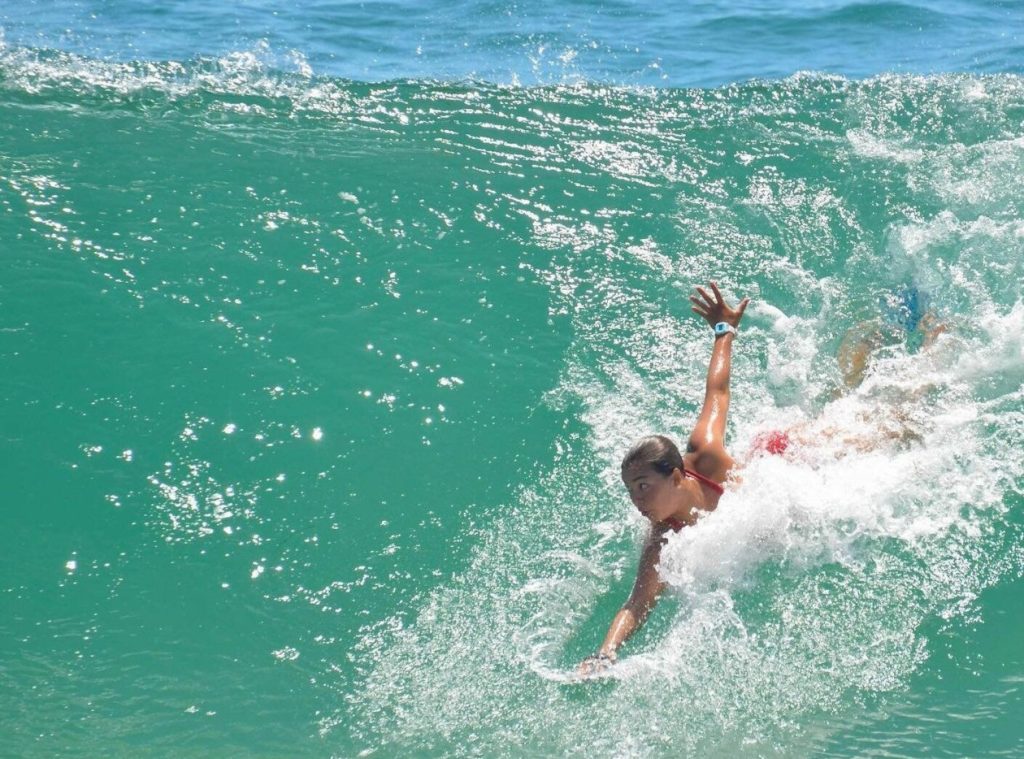
Bodysurfing lays the foundation for understanding the ocean’s dynamics, providing simplicity that translates into style.
Step 2: Take a Surf Lesson with Video Analysis
Video analysis breaks through plateaus, raising awareness of personal style and areas for improvement.
Step 3: Consume Surf Media

Exposure to various surf styles through media, including films, tutorials, and competitions, broadens perspectives and knowledge.
Step 4: Pick the Right Board for You (and Stick with It!)
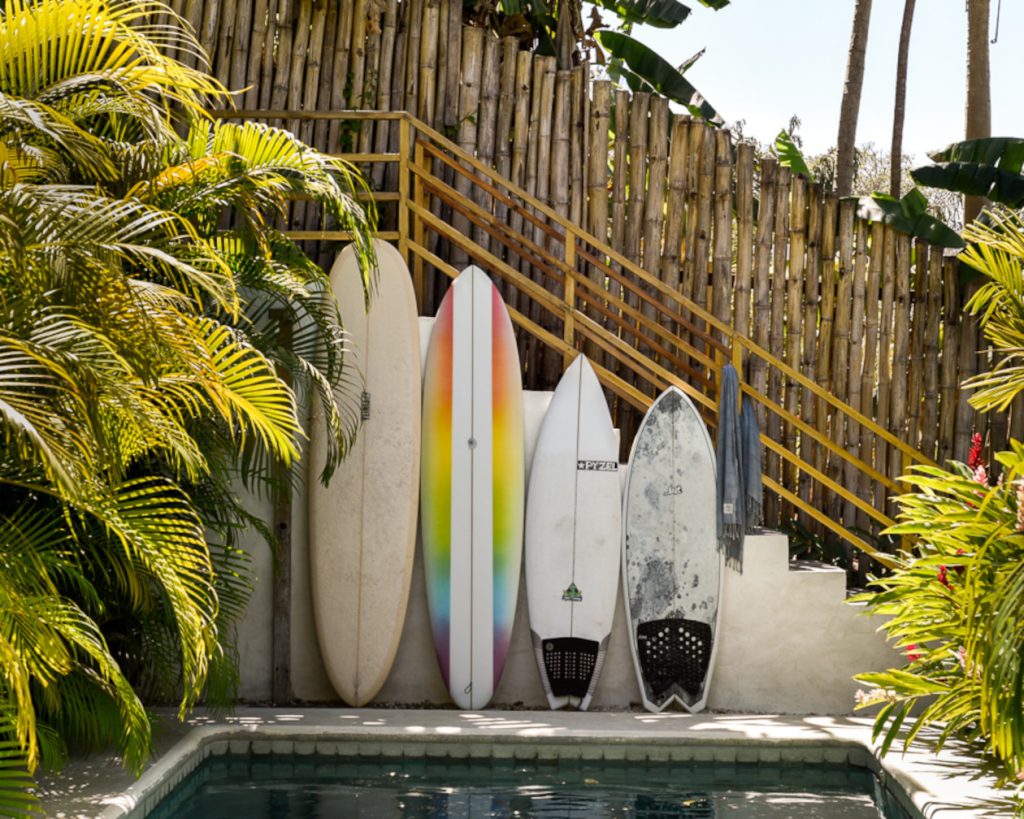
Experimenting with different board types helps surfers understand their preferences and influences their evolving surf style.
Step 5: Refine and Polish
Continuous refinement involves self-analysis, focusing on specific maneuvers for improvement, and ensuring a joyful surfing experience.
Conclusion
As we wrap up our exploration into the world of surfing styles, let’s keep it simple: surfing is all about you. Whether you’re a pro or just starting, the way you ride the waves is your personal story.
Think of your surf style like a fingerprint on the ocean canvas. It’s not just how you surf; it’s a journey that evolves with every wave you catch.
From trying out bodysurfing to getting tips from coaches, finding your style is like choosing colors for your masterpiece. It’s your surf identity.
Whether you surf for fun, competition, or it’s your life, your dedication and progress depend on how you see surfing. It’s like deciding if it’s a hobby, sport, or something you can’t live without.
And don’t forget about soul surfing — it’s about enjoying the pure joy of surfing and being kind to others and nature.
Remember the simple steps: start with bodysurfing, get some coaching, watch surf videos, try different boards, and keep improving. Every wave is a chance to celebrate your unique surf style.
So, as you paddle into the waves, let your surf journey be a dance of discovering and embracing your very own surfing identity.
If you are in Costa Rica and would like to take Surf lessons contact Costa Rica Dive and Surf. We will be more than happy to help you!
